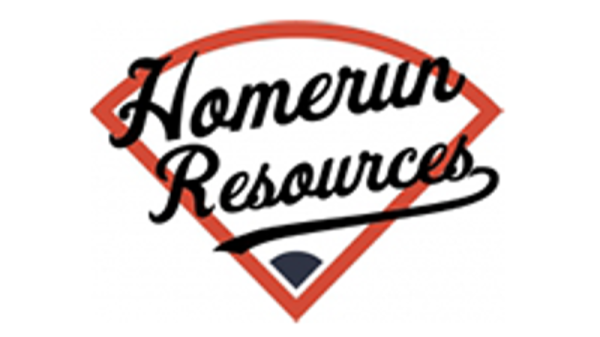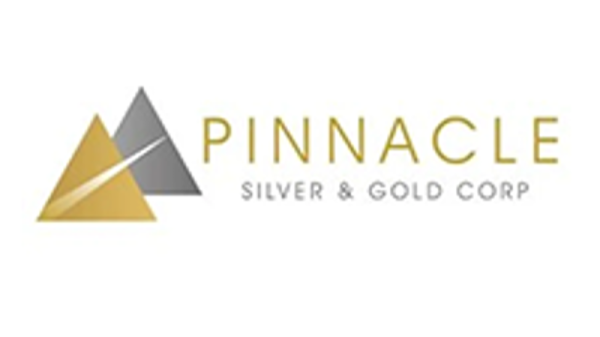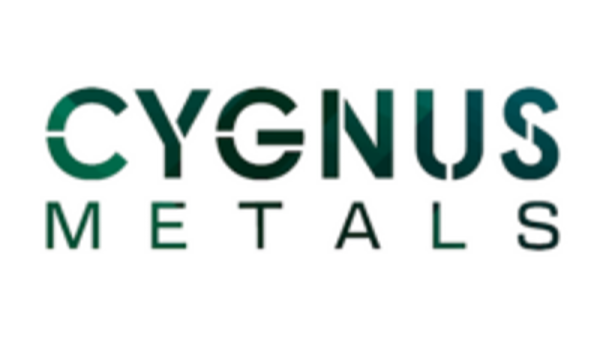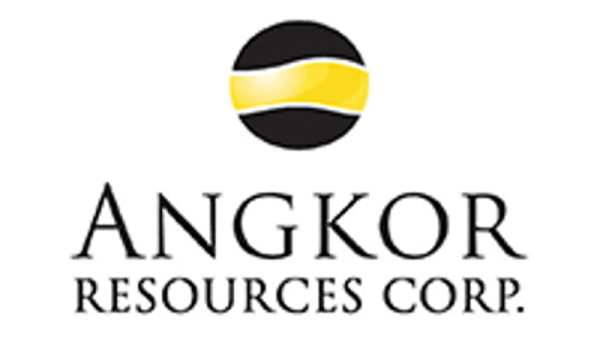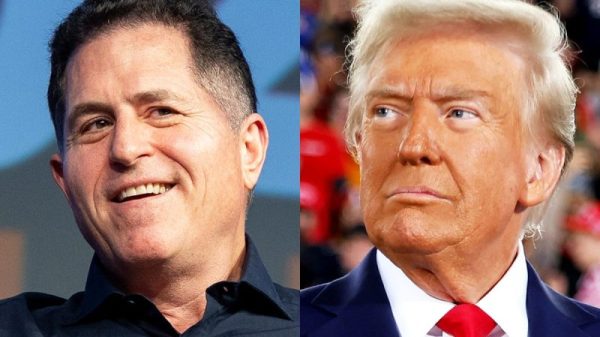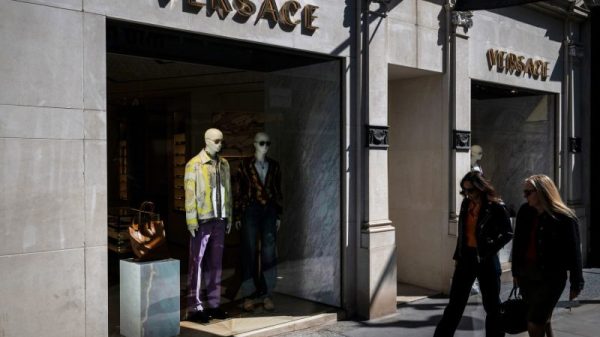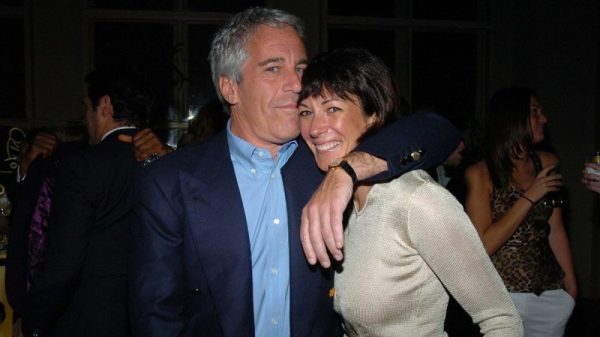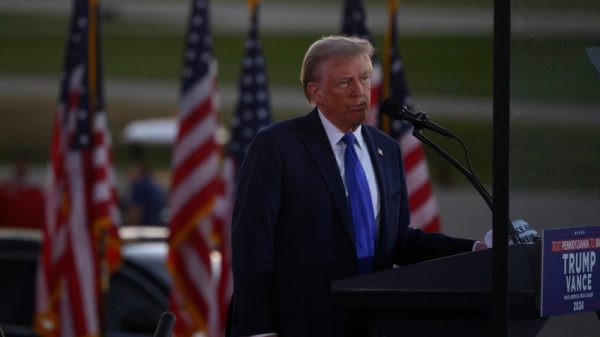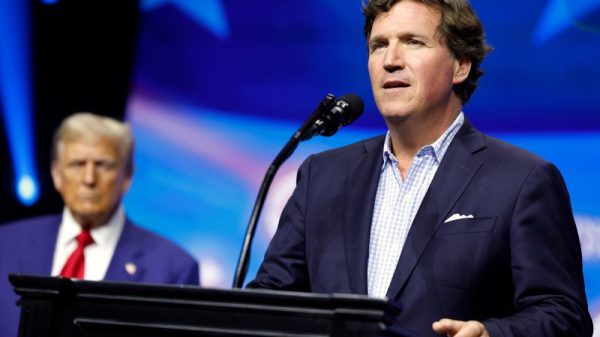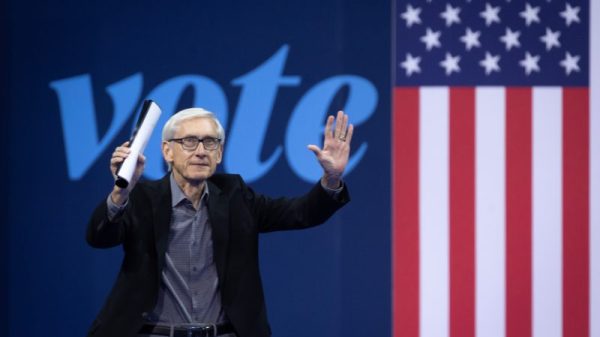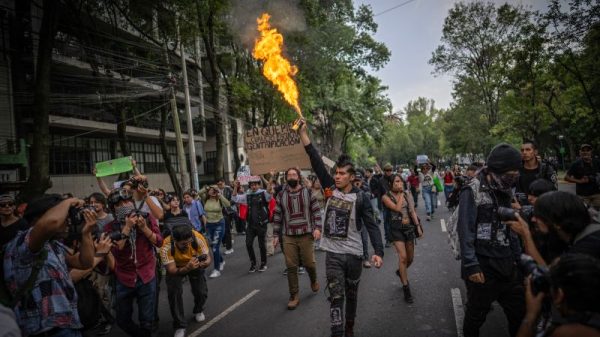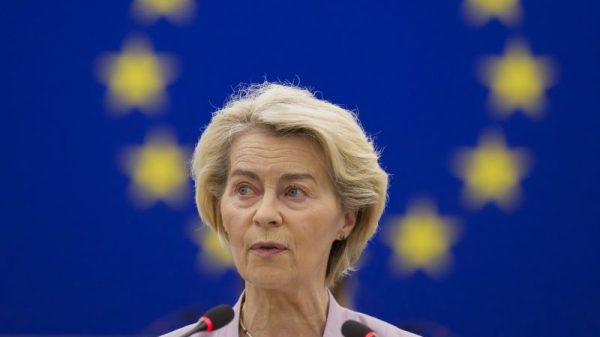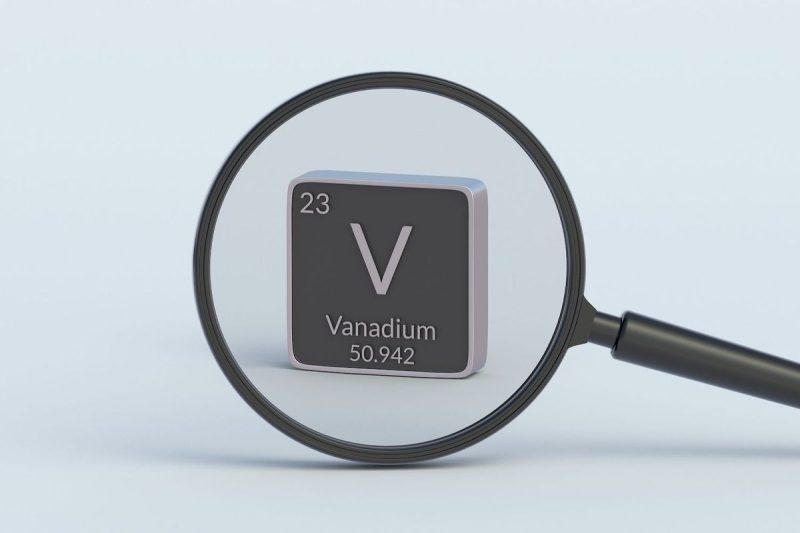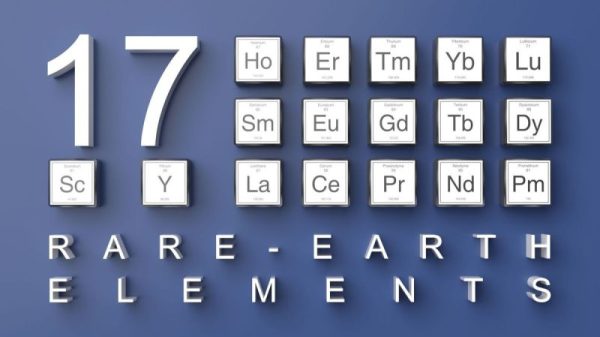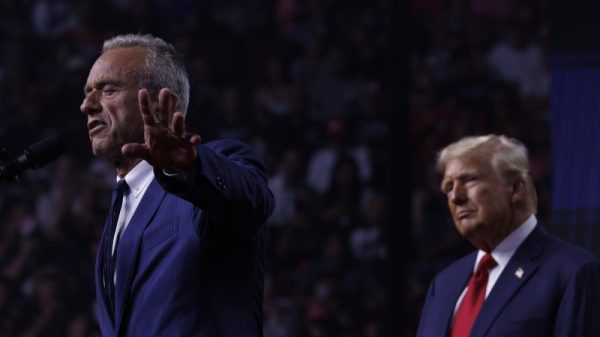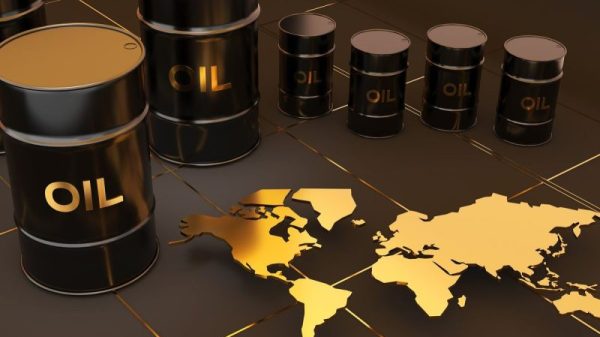Vanadium saw a price bump in January on hopes that China’s property sector would prop up demand, but that positivity began to erode during the first half of the year as consumption remained weak.
Willis Thomas, head of CRU+, said that in January prices were 5 percent higher than December’s average, reaching 91,167 renminbi per metric ton (MT) delivered at place (DAP), or US$12,766.16.
By June, a sharper-than-expected drop in China’s rebar production, which fell by 12 percent year-on-year in Q1 and 13 percent year-on-year in Q2, had exacerbated vanadium’s price declines. Growing battery-related demand wasn’t enough to offset the losses experienced in steel applications, which make up nearly 90 percent of vanadium usage.
“Generally, the price of vanadium is very low compared to recent historical periods,” said Thomas.
By June, Chinese vanadium pentoxide was averaging just 82,312 renminbi DAP (US$11,526.19).
Lower Chinese vanadium demand stalls price growth
Global vanadium production contracted slightly in 2023, slipping from 102,000 MT in 2022 to come in at 100,000 MT, according to the US Geological Survey’s latest information on the critical metal.
The report states that vanadium redox flow batteries (VRFBs) are becoming increasingly significant for large-scale energy storage, particularly in supporting renewable energy projects aimed at reducing carbon emissions.
Global installations of VRFB projects are on the rise, with analysts predicting that the VRFB market will account for about 17 percent of vanadium consumption by 2033, up from just 3 percent in 2021.
However, while the VRFB market’s growing need for vanadium will be helpful in the future, Thomas said weak demand in the steelmaking sector, where vanadium is used as a strengthener, is weighing on the metal now.
“It was not surprising to see rebar production numbers fall in China, but it was surprising by how much,’ he said, noting that back in December declines for Q1 and Q2 were projected at 6 percent and 5 percent, respectively.
Vanadium prices could improve in H2 as China’s new rebar standards go into effect in September.
“The new regulations will shift standards from recommendatory to mandatory. They will also adjust standards of tolerance, smelting, properties, package and implement stricter requirements on rebar quality,” states a July report from Fastmarkets. The firm said the regulations are expected to lead to increased demand for vanadium nitrogen and silicomanganese amid a push for developing high-quality steel.
“For example, the tolerance for rebar with diameters of 6-12 millimeters (mm) is 5.5 percent in 2024 standards, compared with 6 percent in the 2018 version. The tolerance for rebar with diameter of 14-20 mm is 4.5 percent, compared with 5 percent in the 2018 version,” the firm continues in the article.
During the first half of 2024, Chinese rebar consumption slipped to 102.35 million MT, an 11.7 percent decline from the same period in 2023, when 115.92 million tonnes were used.
Battery demand growing, but still far outpaced by steel
While battery demand growth is seen supporting vanadium prices in the coming years, some of that potential may be eroded as different battery chemistries vie for dominance in the market.
According to the International Energy Agency’s 2024 Global Critical Metals Outlook, the battery storage market experienced significant growth in 2023, with global installed capacity surpassing 85 gigawatts. This growth was driven mainly by China, the EU and the US, which together accounted for nearly 90 percent of capacity additions.
China led the market, making up 55 percent of the new global additions, primarily through utility-scale projects paired with solar and wind. The majority of the US’ new capacity was made up of utility-scale systems, while the EU saw rapid growth in behind-the-meter storage, especially in Germany and Italy.
Of this new capacity, lithium-ion batteries — particularly lithium-iron-phosphate batteries, known as LFP — make up the largest share, representing 80 percent of storage systems. This dominance reflects their increasing use due to lower costs and better performance for frequent charging and discharging.
The report goes on to note that lithium-ion batteries remain key for short-duration storage, while alternative technologies like vanadium flow batteries are being developed to diversify energy storage solutions.
“Lithium-ion batteries’ role in fuelling the growth of the EV industry remains unchallenged in the near term,” the International Energy Agency explains. “Alternative technologies such as sodium-ion batteries and vanadium flow batteries begin to take some shares from lithium-ion batteries in low-range vehicles and storage markets, but they do not materially alter the prospects for lithium demand in climate-driven scenarios.”
Thomas also expects to see continued growth in the energy storage sector, which will benefit vanadium.
“Battery-related demand has seen increases, with 2024 looking to be another record-breaking year for this sector — but growth in this sector has not offset the loss of steel-related demand,’ he emphasized.
What factors will move the vanadium market in 2024?
If forecasts for increased rebar demand and energy storage applications are correct, the vanadium market will need to increase production, a point the US Geological Survey makes in its vanadium overview.
However, escalating tensions between the west and China, as well as Russia, could impact access to supply. China and Russia are the first and second largest producers of vanadium globally.
“New supplies of high-purity vanadium pentoxide needed for VRFBs are expected to come from existing producers or early-stage development projects,” the organization’s report on the battery metal states.
As the US looks to build its domestic supply chains for critical minerals, the country could look to the Gibellini vanadium project in Nevada. The site is owned by Nevada Vanadium, a subsidiary of Silver Elephant Mining (TSX:ELEF,OTCQB:SILEF), and has garnered attention from the Biden administration.
“The Gibellini project, located in Eureka County, Nevada, will help provide the critical mineral vanadium, which is an important component in lightweight steel and has the potential to increase the life and reduce the cost of batteries when used in utility-scale wind and solar projects,” an April press release from the White House states.
“This was the first primary vanadium mine to be permitted in the United States.”
Elsewhere, fresh supply could come from an unexpected source.
In June, Kazakhstan began producing mixed vanadium oxides, aiming to supply the growing battery market and support green energy efforts. A facility in the Kyzylorda region is reportedly able to produce over 30 MT of the material on a monthly basis using local raw materials and advanced technologies.
Kazakhstan’s Ministry of Science and Higher Education is said to be exploring partnerships with battery producers VRB Energy and Invinity Energy Systems (LSE:IES,OTCQX:IESVF). These moves are part of a broader strategy to leverage the nation’s critical raw materials, including vanadium and lithium, for the green energy transition.
Despite the potential growth the vanadium sector is expecting over the next decade, Thomas warned that there is still plenty of volatility in the market. In his view, it’s not yet clear if the bottom is in.
“Vanadium capacity is being curtailed currently, but there may still be some room left for prices to fall. If steel-related demand continues to fall, as expected in Q3, then vanadium prices are likely to be flat to negative,’ he said.
Chinese rebar production is projected to see a 5 percent year-on-year increase in Q4, “which along with continued battery related demand may support prices near the end of the year,” Thomas said.
Securities Disclosure: I, Georgia Williams, hold no direct investment interest in any company mentioned in this article.

